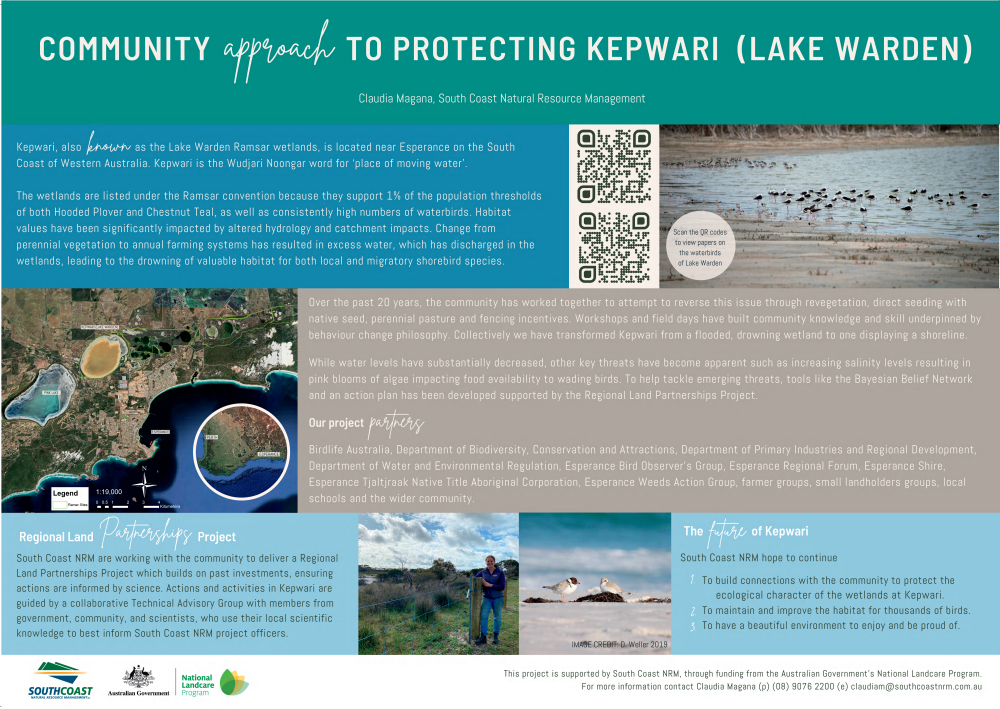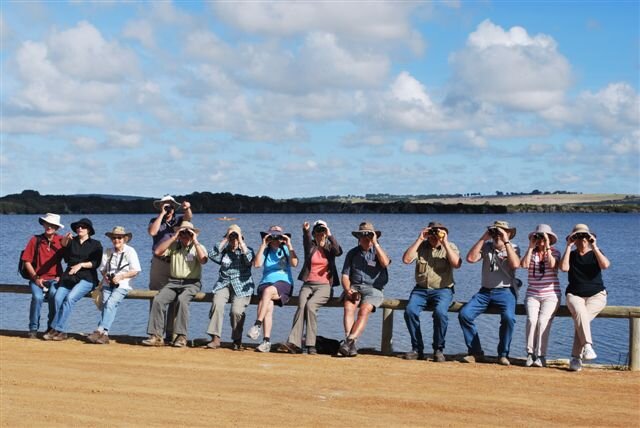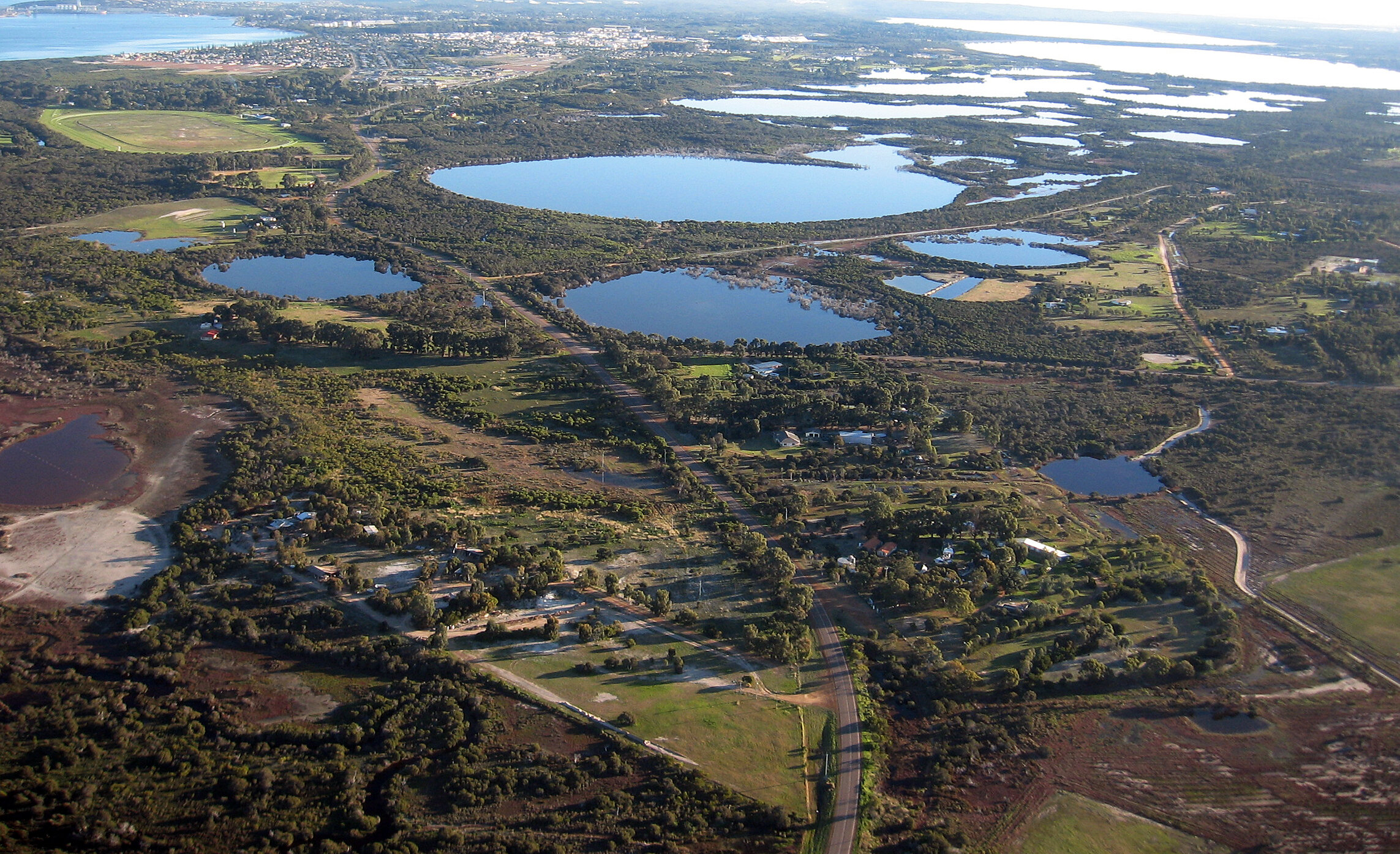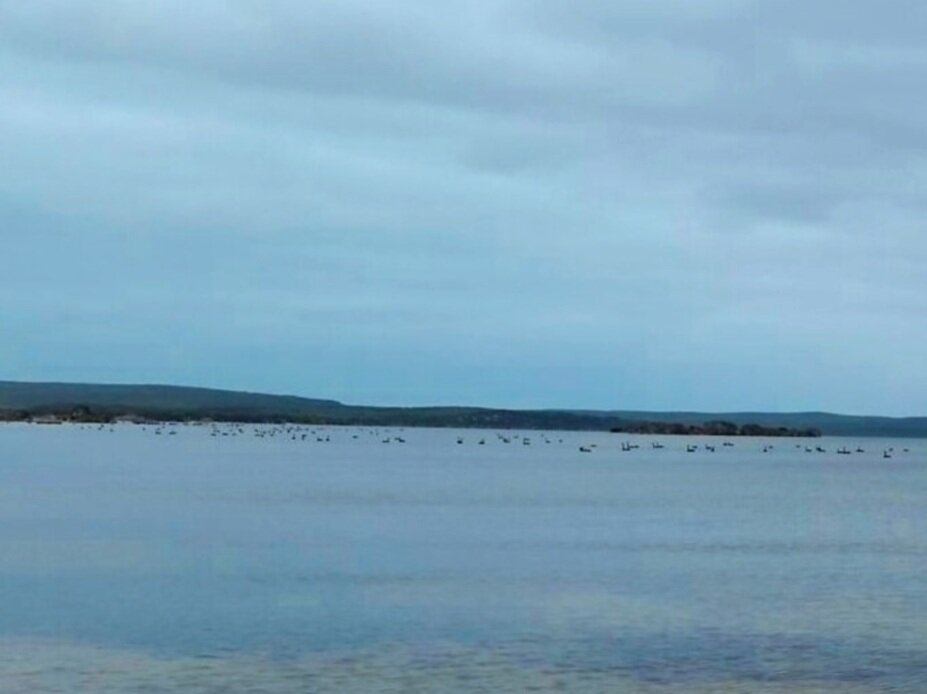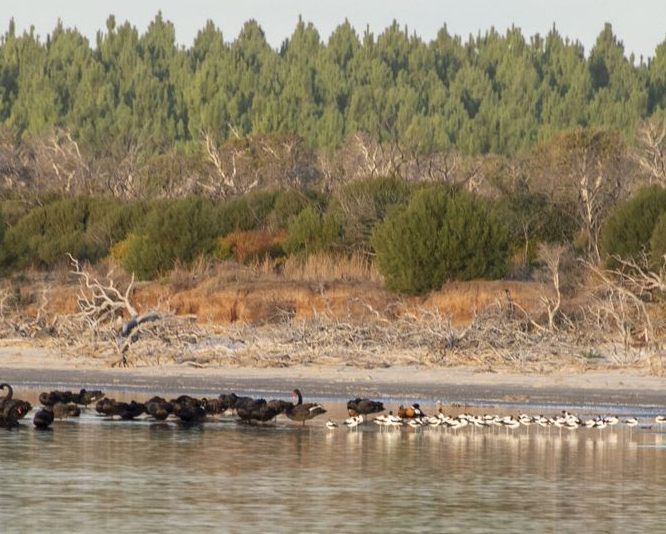

Ramsar Wetlands
Places of international significance
What is a Ramsar Wetland?
In Ramsar, Iran in 1971 seven countries, including Australia, got together to sign the “Convention on Wetlands of International Importance,” which today is known as the Ramsar Convention.
It’s aims are to halt the worldwide loss of wetlands and to conserve, through wise use and management, those that remain. Wetlands that meet criteria can be listed under the Ramsar Convention and are considered to be internationally significant. Both Lake Warden and Lake Gore in the Esperance region are listed under the convention.
What makes Lake Warden & Lake Gore internationally significant?
A wetland is considered internationally significant if it meets a number of criteria including the number of water birds a wetland supports or if it is a rare and unique wetland type. Lake Warden and Lake Gore both support high numbers of birds, over 20,000 individuals counted at these sites!
They form systems of inter-connected lakes are distinct, and highly variable (Marimuthu et al., 2005). They are a major dry season refuge for many waterbirds, 25 species internationally protected included. They have previously supported more than 1% of the global Hooded Plover and Chestnut Teal water birds, which we hope to reattain in the future, with good management. You can read more about the wetlands ecological character here (Lake Warden) and here (Lake Gore). A recent baseline surface water quality and hydrology review was also conducted in 2020 by John Lizamore (report here).
Snapshot of the project in 2022!
We are very excited to have shared the progress of the ramsar project with this poster at the 8th annual NRM Knowledge Conference in Margaret River in early November 2022.
What’s being done by South Coast NRM?
Wetlands are valuable for the environment, food production, our culture and recreation. A healthy wetland has a rich natural diversity of plants and animals. Wetland systems also remove sediment and nutrients and protect coastlines from storm surges and floods.
The greatest threat facing the Lake Warden and Lake Gore Ramsar wetland areas is altered hydrology due to landscape scale changes to vegetation and erosion and sedimentation in tributaries (especially Lake Gore).
At South Coast NRM, we monitor, measure and evaluate the ongoing condition of these important areas and are working with landholders to reduce erosion and establish perennial vegetation to stabilise catchment water use.
Contact our Ramsar Project Officer for more information at claudiam@southcoastnrm.com.au
LAKE WARDEN
Key Threats to the wetland include:
Altered Hydrology - Weeds & Feral Animals - Sedimentation - Urban Encroachment - Water Quality
LAKE GORE
Key Threats to the Wetland include:
Altered Hydrology - Pollution - Weeds & Feral Animals - Water Quality



